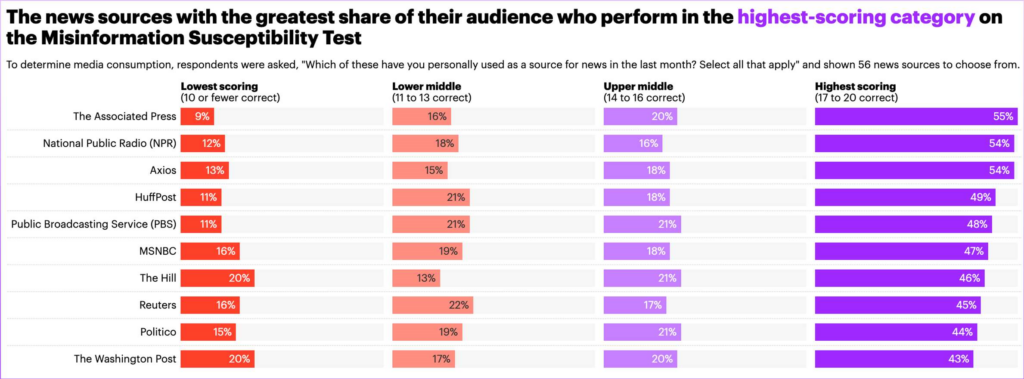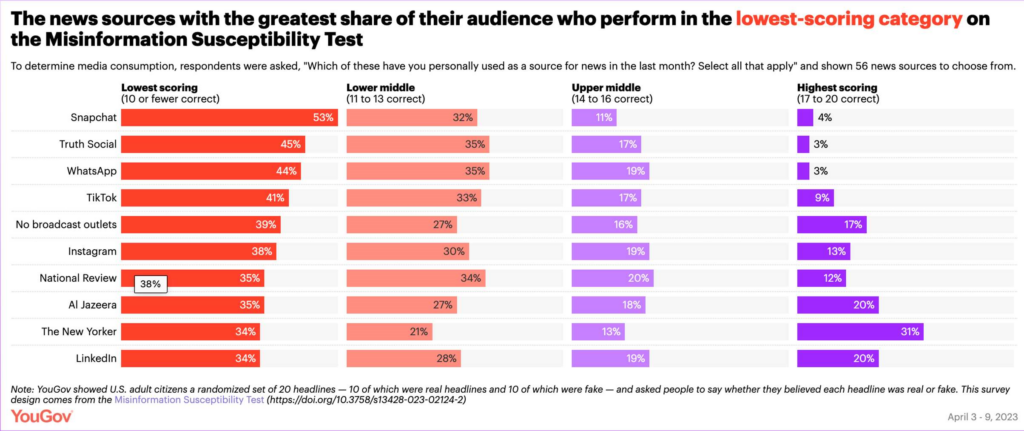Student Cybersecurity
Navigating the stormy seas of online threats
“14% of the students in a 2021 survey sample admitted to cyberbullying others… Adolescent girls are more likely to have experienced cyberbullying in their lifetimes (50.9% vs. 37.8%)”
Cyberbullying Research Center
- 1. Cyberbullying
- 2. Phishing, Smishing, and Quishing
- 3. Games and Malware
- 4. Inappropriate Web Content
- 5. Stranger Danger (Online Grooming)
- 6. Staying Hidden (Identity Theft)
- 7. Catching Tricksters and Misinformation
- 8. Stolen and Easily Guessed Passwords
- 9. App Privacy
- 10. Copyright and Fair Use
- Key Takeaways
- Final Thoughts
1. Cyberbullying
36% of students reported being cyberbullied in 2020.
Parents: Monitor social media and monitor changes in behavior (obsessed with phone, or ignoring phone).
2. Phishing, Smishing, and Quishing
Phishing is often where most of the threats start – an unsolicited ask to buy or call, usually urgent, playing on emotions. 36% of attacks happen this way.
- Smishing: via phone text
- Quishing: via QR codes
3. Games and Malware
Students tend to visit sites that can make them easy targets – Roblox or Fortnite fan sites, web “unblockers” etc.
Like the Trojan horse of old, anything “free” may be carrying disease or attackers. 27% of attacks happen this way.
4. Inappropriate Web Content
42% of students reported being exposed to inappropriate content online in 2020.
Parents: Consider using DNS 1.1.1.3 at home
5. Stranger Danger (Online Grooming)
Students can be fooled into thinking they’re romantically communicating with other students when it’s really a malicious adult who blackmails for $$.
14% of high school students reported having sent a sexually explicit image of themselves in 2020.
6. Staying Hidden (Identity Theft)
If bad actors get enough personal information, they can open accounts in a student’s name. Students should avoid sharing:
- SSN
- Driver’s License
- Home address
- Cell phone number
- Contacts
7. Catching Tricksters and Misinformation
The Cyber world can be deceptive…
- AI hallucinations
- Logical fallacies
- Bot amplification
- Engagement algorithms
- Fake videos and content
Telling the Difference
Pop Quiz Time: Test your knowledge with the Break the Fake Quiz.
Sources Matter – More Reliable Sources:

Learn more about the misinformation susceptibility study
Sources Matter – Less Reliable Sources:

Learn more about the misinformation susceptibility study
8. Stolen and Easily Guessed Passwords
Students (just like 65% of adults) reuse passwords. Passwords get stolen from websites and sold, resulting in privacy abuse and theft.
Default passwords can allow others to spy on you! Even cameras in your home.
Parents: Use a password manager, even if it’s just on your phone, and teach your students to do the same.
9. App Privacy
Free apps are almost never really free.
- Ask what the business model is?
- Are they selling eyeballs (advertising)?
- Are they selling browsing data?
- Are they selling location data?
- Check privacy settings for all apps!
10. Copyright and Fair Use
Be careful what you copy: Give credit where credit is due!
- Fair use is 15 seconds and ONLY if it isn’t commercial
- AI use is complicated, attribute as appropriate
- Creative Commons might be an option
Key Takeaways
Getting help:
- Stop Bullying Gov website
- Common Sense Media website
- An Easy Guide for Setting Up Cloudflare for Families Internet Filtering
- Internet safety resources for students
Top Cyber Risks for Students:
- Prying eyes
- Theft
- Trojan Downloads
- Misinformation
Protective Measures:
- Not reusing passwords
- Asking if you have questions
- Model for your students
Final Thoughts
- Your Digital Safety Matters: Prioritizing your online safety protects not only your information but also your emotional and financial well-being.
- Teamwork: Work together with friends, family, and community to stay informed and support each other in cybersecurity matters.
- Stay Proactive: Always be on the lookout and proactive in securing your digital space against potential threats.
